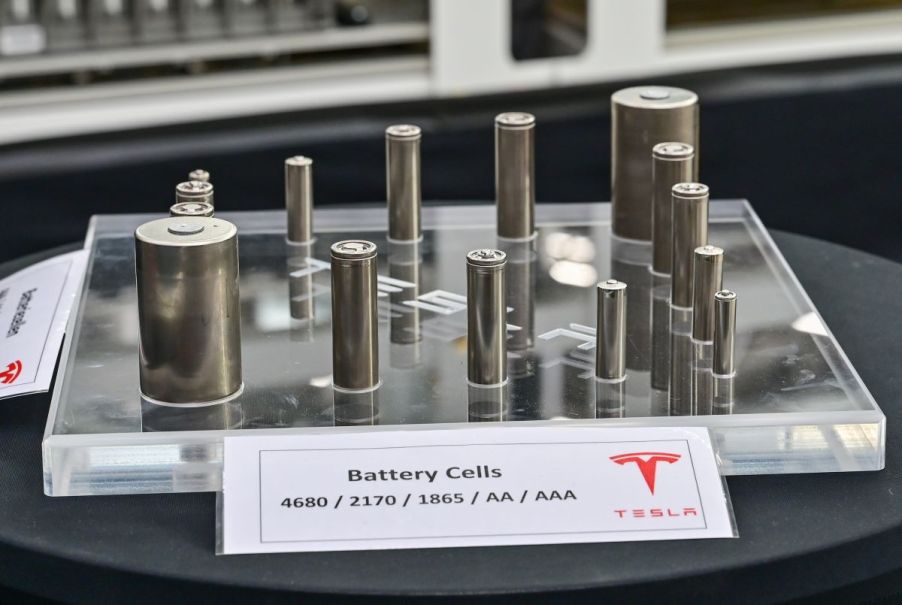
How Much Does a Tesla Model 3 Battery Degrade Over 100,000 Miles?
Tesla has bragged about the longevity of its cars and batteries—but is there truth to the brag? Can a Tesla Model 3 battery last as long as owners would like? We’ve reported in the past on how the Tesla Model 3 holds up after 100,000 miles, but this review by Bjørn Nyland gets into the nitty-gritty details of Tesla battery degradation. That’s where all the good stuff is. Read on to learn about it.
After three years and 100,000 miles, this Tesla Model 3 Long Range only lost 8% of its battery life
According to InsideEVs, one Tesla Model 3 Long Range owner saw pretty good results from a recent battery-pack experiment. YouTuber Bjørn Nyland used the Scan My Tesla app to check data on his three-year-old 2019 model.
“Bjørn Nyland estimated, using the numbers from the app, data from a test drive, as well as data about the Model 3 from previous tests, that this car has about 67 kWh of usable battery capacity, compared to 73 kWh when new (out of 80 kWh total). It would mean that its battery capacity is at 91.8%, while the battery degradation is 8.2%.”
InsideEVs
Nyland’s other Tesla tests have shown a similar battery degradation, but at a lower mileage and in less time. His 2019 Tesla Model 3 Performance suffered 8.2% degradation at just 22 months and only 50,000 miles, give or take. This information won’t apply across the board to hint at how long a Tesla will last, but it may provide some peace of mind for buyers.
How long can a Tesla battery last?
Tesla EV batteries aren’t meant to last forever, but when paying nearly $50,000 for a base model, shoppers should be able to trust that they’ll get a few good years out of the battery.
Battery longevity depends on a lot of factors. InsideEVs suggests that battery use, that is, the number of charging cycles, may play a bigger part than the actual age of the battery.
“Bjørn Nyland suggests that one of the main factors behind the good result might be the relatively low percentage of DC fast charging, but it’s just a guess. Battery degradation depends on various things, including battery age, use (number of cycles/mileage), temperatures, chemistry, use (fast charging), time of storage at high state-of-charge, and more.”
InsideEVs
What type of battery is in the Tesla Model 3 Long Range?
Newer Tesla Model 3 Long Range electric vehicles equip an 82 kWh 350V lithium-ion battery pack. This is the type of battery you’ll find in most Tesla EVs, though the expected range varies based on the model. For instance, a new Model 3 Long Range battery can deliver around 358 miles of range per charge. A new Model 3 base trim has a range of about 272 miles.
How much do Tesla batteries cost?

Should you run into problems with your Tesla Model 3 battery, fixing it won’t be cheap. A busted Model 3 battery pack can cost over $16,000 to replace. Even a basic replacement could cost $13,000 or $14,000.
Higher-performance Tesla batteries have been listed online at hefty prices. One Tesla Model S battery pack showed up on eBay for $32,500.
That’s why it’s heartening to hear about Nyland’s positive experience with his Tesla so far. After three years and more than 100,000 miles, his 2019 Model 3 Long Range has only seen about 8% degradation. This leaves his electric car’s battery with about 92% battery life. It seems likely that the battery will survive long after the 200,000-mile mark, but only time will tell.


